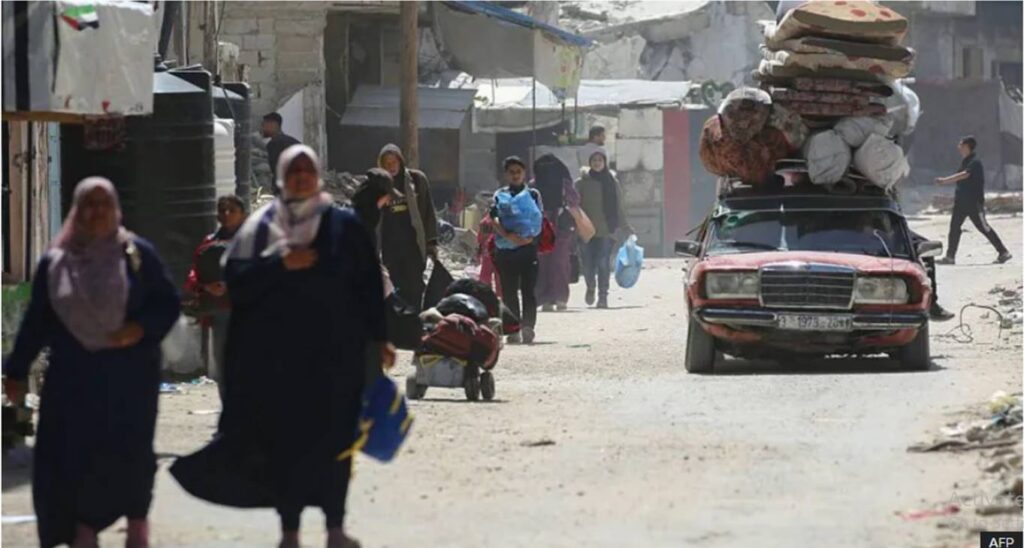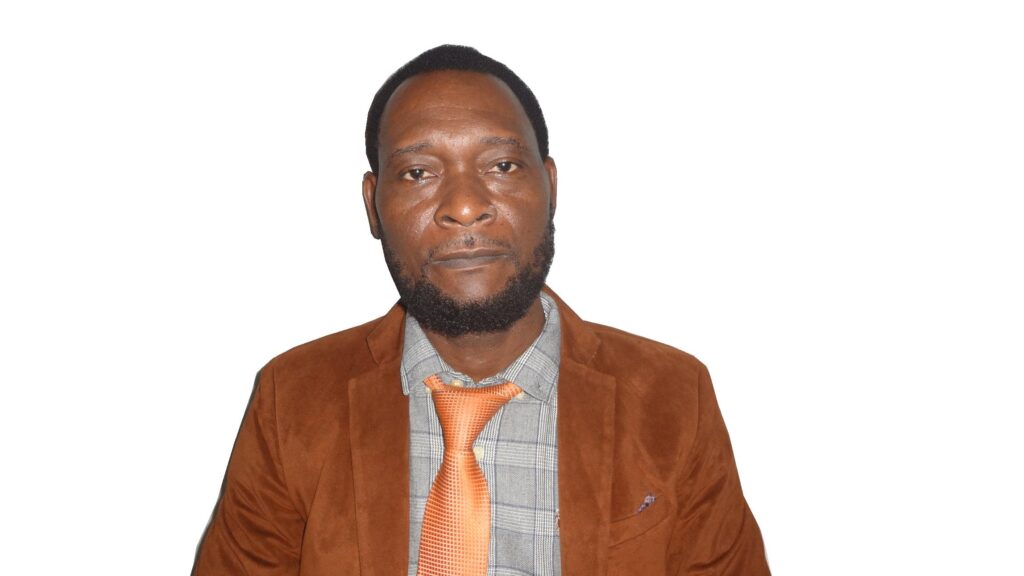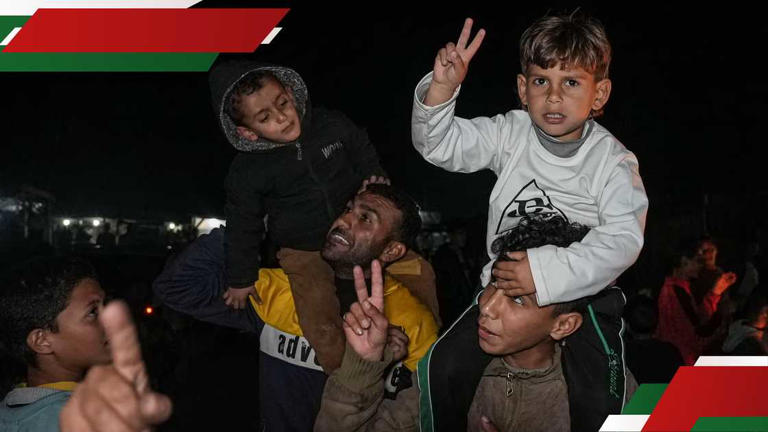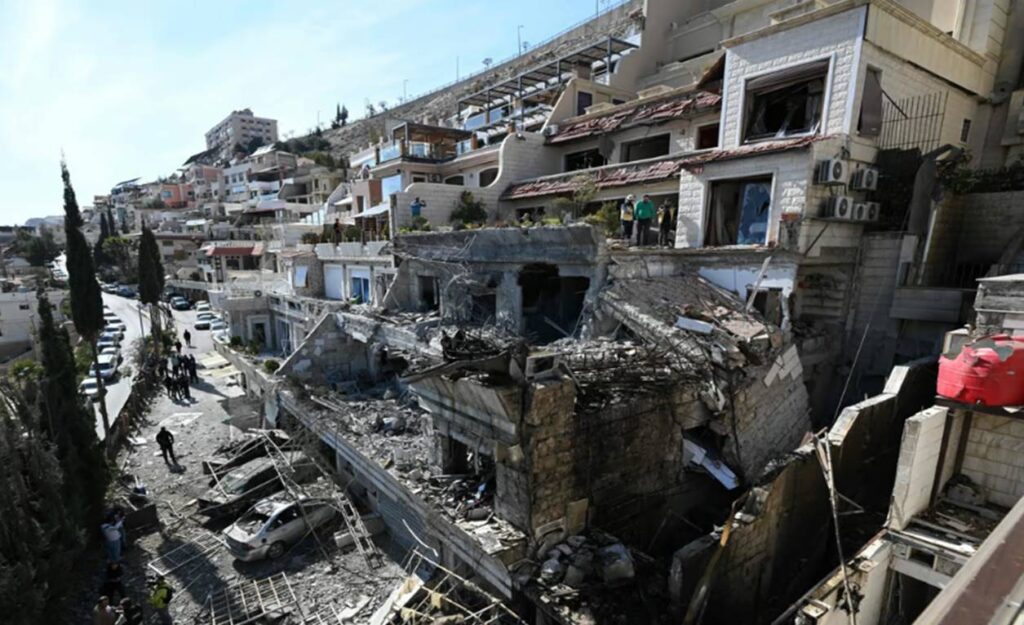GistNexus – April 11, 2025.
In a swift intensification of hostilities, Israeli Defense Minister Israel Katz stated on Wednesday that the Israeli military is taking over broad sections of Gaza, turning them into strategic buffer zones. The move, Katz added, is part of a broader effort to pressure Hamas to free hostages and to break the group’s hold on the blockaded Palestinian enclave.
Katz spoke against the backdrop of a surge in Israeli airstrikes since the collapse of a two-month cease-fire with Hamas. The latest strike killed a minimum of 23 civilians—mainly children and women—when it hit a residential apartment building in Gaza City, Gaza’s civil defense agency reported.

Buffer Zones Grow, Gaza “Smaller and More Isolated”
During his tour of the newly established “Morag Corridor,” running between the southern Gaza cities of Rafah and Khan Yunis, Katz explained that huge tracts of territory are being added to what he called “security zones.” The buffer zones are being emptied of their inhabitants and effectively diminishing the land area controlled by Palestinians.
Related News
Large areas of land are being grabbed and brought under Israel’s security enclaves, shrinking Gaza and confining it further,” Katz said. He asserted that all those steps were part of a strategy to pressure Hamas to free hostages and dismantle its apparatus of power. “That is the way to end the war,” he explained, saying the Israeli military would tighten its operation across Gaza until its objectives are met.
Cries for Civilians to Pressure Hamas
Katz addressed the Gaza Palestinian community directly and urged them to turn against Hamas and rise up against the group’s leadership. He claimed that many residents had already evacuated combat zones and speculated that it was only through the removal of Hamas that Gazans could bring an end to the fighting.
He also stated that Israel is supporting a controversial U.S.-initiated plan calling for the “voluntary emigration” of Gaza’s population. The proposal, initially introduced by former U.S. President Donald Trump, is to relocate Gazans abroad and to provide a vision for the long term of transforming Gaza into a regional tourist and economic hub.
Airstrike on Shujaiya Neighborhood Kills Dozens
The street clashes intensified dramatically on Wednesday with a deadly Israeli attack in Gaza City’s Shujaiya district, a densely populated area. At least 23 civilians were killed when a residential complex was rocketed by Gaza’s civil defense spokesman Mahmud Bassal. They were mostly children and women.
“There are people still under the rubble,” Bassal said, as rescue teams rushed to search for survivors amidst the wreckage.
Witness Ayub Salim, a 26-year-old resident of the neighborhood, described the horror: “The neighborhood was hit by multiple missiles. It was full of tents, displaced people, and homes. Dust and enormous destruction filled the entire area, we could not see anything—just the screams and madness of the people.”
Rescue Operations and Human Toll
The rescue teams of Gaza’s civil defense described the scene as dismal. One of the rescuers, Ibrahim Abu al-Rish, said, “This home was occupied by many individuals who believed they were safe. It was destroyed over their heads. We extracted women and children bodies. There remain people trapped in the rubble.”
Video of the rescue showed emergency personnel and neighbors slamming sledgehammers against shattered concrete in an attempt to reach victims. Remains of children were eventually pulled out and wrapped in blankets smeared with dust as the rescue dragged on through the night.
Related News
Israel: Strike Targeted Senior Hamas Leader
Following criticism for failing to confirm the name of the person struck, the IDF later reported that it had attacked a “senior Hamas terrorist who was said to be involved in plotting and conducting attacks” but not identified by name due to operational freedom. Militaru>as also reiterated its longstanding claim that Hamas did in fact intentionally use civilians as “human shields” — something to which Hamas always protested.
Hamas labeled the attack “one of the most heinous acts of genocide,” underscoring the war of words with the military conflict.
Increasing Death Toll and Breakdown of Ceasefire
As Israel resumed its military offensive on March 18—abruptly ending a tenuous two-month truce—the human price of the Gaza war has risen exponentially. At least 1,482 Palestinians have been killed in the current campaign, at least the health ministry of the Hamas-ruled territory reports. That puts the Palestinian death toll since the war started at 50,846.
The fighting initially began with an October 2023 Hamas-organised attack on Israel at the cost of 1,218 lives, largely civilians, as per AFP’s tally drawing on Israeli media.
There has been failure to revive a ceasefire so far, despite efforts towards diplomacy continuing. CIA director John Ratcliffe has visited Jerusalem on Wednesday as per reports in part of continuation of efforts where de-escalation paths could be discussed.
Consequences Worldwide: France Sends Out Signal
In the meantime, global responses to the escalating violence remain in flux. French President Emmanuel Macron made a televised announcement that France is set to recognize a Palestinian state in the “coming months,” possibly as soon as June.
We will advance towards recognition, and we will do so within the next couple of months,” Macron said in an interview on France 5. He stated that this would be one of a series of diplomatic moves designed to advance mutual recognition between Palestine and Israel.
I believe that ultimately it will be right—and because I also want to participate in a shared dynamic, which must also allow all those who are pro-Palestine to accept Israel in turn, which many of them do not,” he said.
Palestinians Welcome France’s Recognition Plan
The move was welcomed by the Palestinian authorities. Palestinian Minister of State for Foreign Affairs Varsen Aghabekian Shahin described the action as “a step in the right direction.”
“It is moving in line with the safeguard of the Palestinian people’s rights and towards a viable two-state solution,” Shahin told AFP.
Macron’s comments add to intensifying international pressure for Palestinian statehood, an event that has the potential to mark a drastic shift in the diplomatic dynamics in the region and increase pressure on Israel to become more constructively engaged in the negotiations.
A Humanitarian Crisis Deepens
In addition to the diplomatic and strategic progress, the humanitarian crisis in Gaza continues deteriorating at an alarming rate. The ongoing blockade has led to severe shortages of food, water, and medicine. Relief organizations have time and again raised alarm bells about famine-like situations and the collapse of healthcare facilities.
With more than 2.4 million residents of Gaza, the recent military operation has displaced hundreds of thousands, some of whom now live in squalid shelters and overcrowded tent camps.
The deadly blow on the residential complex has put the magnitude of the human tragedy in Gaza on the global map once again. Although Israel maintains that it is attempting to strike militants, the sheer number of civilian casualties has provoked scathing criticism from global human rights organizations and foreign governments too.
A Conflict at a Crossroads
As Israel makes progress in its war effort and land redeployment, Gaza continues suffering from dire human and material losses. Diplomatic solutions continue being elusive while the military campaign expands, leaving the future in very uncertain terms.
Whether Macron’s acknowledgement of Palestinian statehood will be a spur to more broad change or merely deepen divisions is impossible to know now. Up to this point, however, Gaza’s civilians have borne the cost of a war with little evidence it will soon cease.
Related News

Reported by GistNexus Team and Edited by Mr. Chibueze Onwuka


